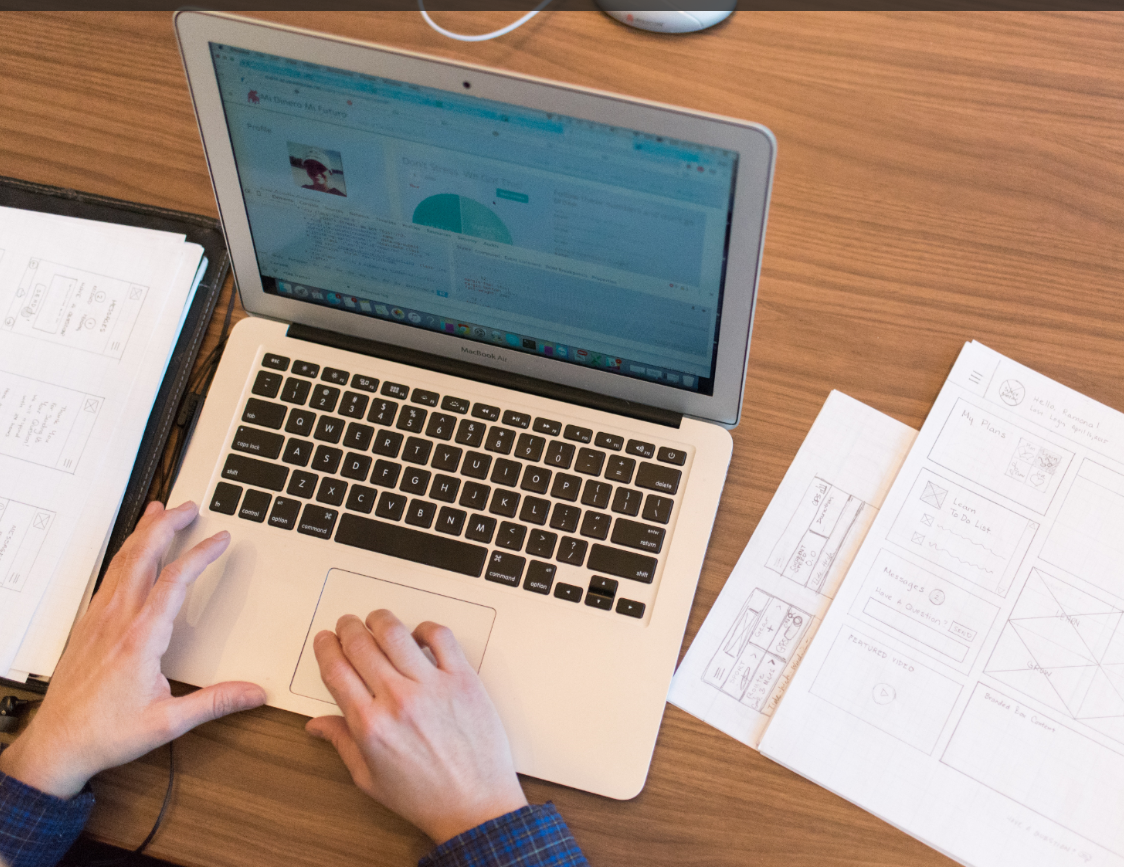Research Proposal: Key Components

A research proposal is a document summarizing a proposed research project. It is written to give an overview of the research methods and secondary data sources you want to use in your project. Additionally, you need to state why the project is important, why you are the right person for the project (mentioning your qualifications and how your skills will play a role), how you plan to do it, and how long it will take. Some proposals that are seeking funding may include financial details such as how much money you need to carry out specific research. No matter what field you want to carry a research in, there are some common elements you need to include in your research proposal. Let’s have a look at some of those essential elements.
Title
Without a doubt, all research proposals should include a title. What you should take into consideration is that the title should be clear and explain what your research proposal is about. It does not matter if it is short or long. The most important aspect is title is accurate and tells the reader exactly what they are going to read. In other words, the title is important in grabbing the readers’ attention from the beginning, even before they set out to read the details that follow the title.
Introduction
The introduction gives an overview of the research proposal by highlighting key points. This is where you need to introduce the problem you want to solve with your research project. Research questions and research objectives should be mentioned clearly. As important as the title is, the introduction part is perhaps more important since it includes all the essential details about your research proposal. It should not be unnecessarily too long or short and should only include everything you are going to write about in the following sections of your proposal. If you are not planning to write about something, avoid mentioning them in the introduction. Similarly, if you introduce something in the introduction part, you need to write about it later on in the following sections.
Research questions and objectives
After giving a brief introduction about research questions and objectives in the introduction part of the proposal, you need to expand on them in this section. Research questions and objectives are at the core of your proposed project; therefore, you need to pay attention to what you want to write. As in many parts of the proposal, questions and objectives should be clear and to the point. You may have many questions and objectives that stem from the primary questions and objectives, but it is unnecessary to include them since you are trying to keep the proposal concise. Another point that should be noted is that you should not include any objective just for the sake of it. The number of objectives is not important. You should focus on what you want to achieve with your research and aim for those goals.
Literature review
Every research paper should use available published studies, especially peer-reviewed papers, as they are considered credible sources of information. In this section, you need to mention previous studies on the subject and why using them is essential in your case. You may also mention possible gaps in the existing literature and how you plan to fill in those gaps with your research project.
Usually, there is not any required number of literature you should use in your research paper, but as a thumb rule, it depends on the scope of the project and the availability of literature. While you may use tens of different books, journals, and other secondary data sources, your literature review should mention some essential ones. As your research proposal needs to be concise, you should pick literature that you think is important for your project. Mentioning something that does not have anything much in common with your research project is one of the mistakes, especially beginner researchers make. Your literature review also indicates how well you know your research topic.
Research methodology
This section describes the research methods you plan to use for your research. Depending on the nature of the research topic, you may need to use qualitative or quantitative data collection methods (surveys, questionnaires, interviews, focus groups, etc.) to gather data. The quantitative method deals with numbers and statistics. On the other hand, qualitative research tries to understand how people and why people behave in certain ways. You may also use both of these research approaches in your proposed research project. Moreover, you need to mention what methods and tools you will use to analyze your data.
Other details
There are other details you may include in your research proposal, depending on your aim. As we already mentioned, some researchers are looking for funding; therefore, it is essential to include the proposed budget you need to carry out your research. A timetable of a project is also important. Another detail you may include in the proposal is details about your research partners if you plan to collaborate with others. Their roles and qualifications should also be mentioned.
Conclusion
The conclusion is an overview of key details you included in the body part of the proposal. You should mention why you need to carry out the research by using the points you made in your proposal. The most important factor you need to pay attention to is that you cannot introduce any new idea/concept in conclusion. If you are planning to do so, you need to go back and add those ideas to the main body part too.
Reference list/ Bibliography
In this section, you need to reference all the sources you used in your research proposal. A reference list includes all sources you cited in your work. The bibliography is similar, but the only difference is that it includes all the references you use and plus extra reading you did but did not reference in the proposal.
